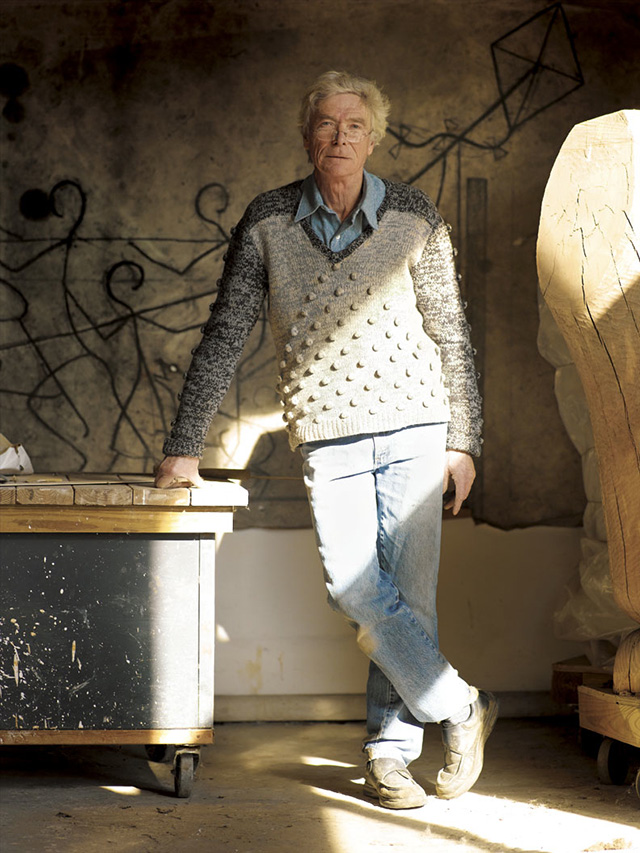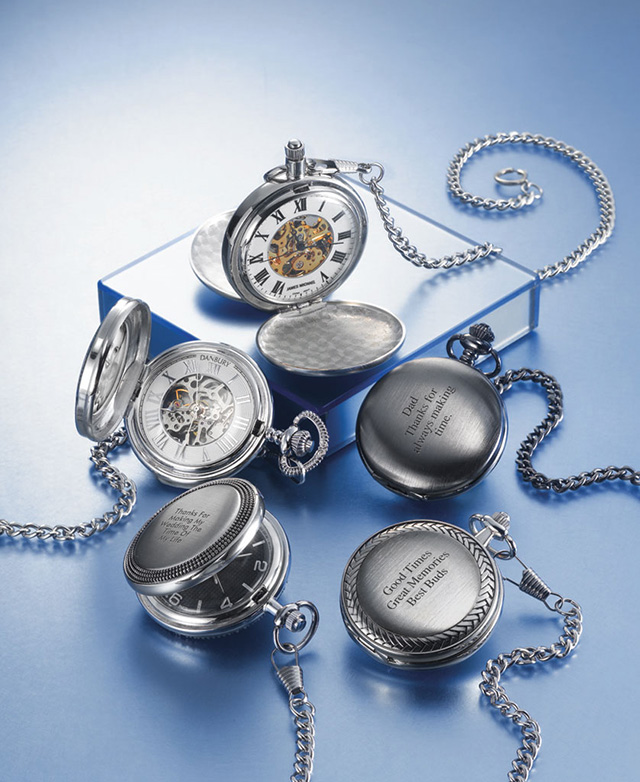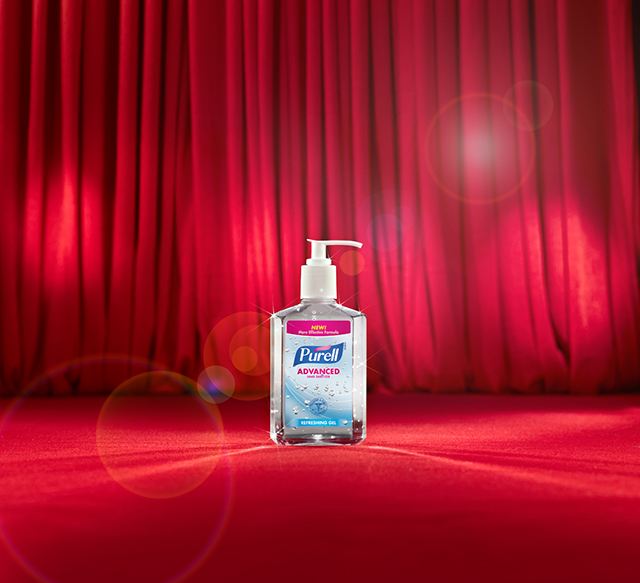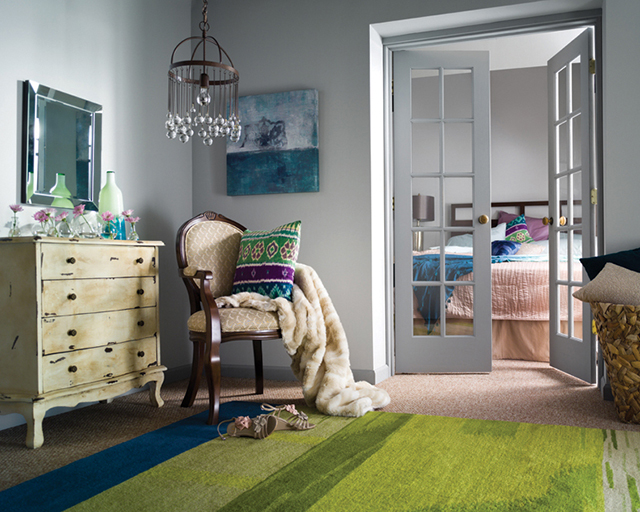According to research by Samsung, more than 2.5 billion people own digital cameras. And I’ll bet if you ask them, 2.49 billion of those people will claim to be great photographers.
If you’ve ever seen an amazing photo that took your breath away, it’s most likely because of a great photographer and great lighting. Lighting emphasizes what’s important in an image, but it also helps to define it. A sound photographer not only uses available light, but manipulates it to see what he sees. He doesn’t just want you to notice a two-dimensional person and a background; he wants you to feel what he feels, and focus on what he interprets to be important in an image.What makes good lighting a challenge, is that not all subjects are created equal. Each situation demands its own lighting solution. So don’t be fooled into believing you can flip a switch, insert subject, and click.

Great Lighting: Stills
Each subject of a still photo has a unique texture, color saturation, and shape. How it catches and holds light is different from one item to the next. If you are shooting an orange, you will need to light it much differently than, say, a golf ball. The photographer must create light that features the product without overpowering it, and making the light itself the subject.
Part of the foundation of great lighting is using the light to bring out the subtleties of shape, texture, and finish, while hiding the flaws or undesirable features. Great lighting is important because through subtle nuances, it can accentuate the key attributes of the image and the product. The sleekness of a Maserati fender, for example, can be communicated with the perfect gleam of light.


Great Lighting: The Environment
When shooting a room or environment, the photographer needs to know what she is trying to depict here. A young couple making sushi in a kitchen with contemporary, red cabinets displays a modern, edgy feeling. Although the cabinets are the product here, the idea is to portray a time and place in which this product makes sense.

However, some photos are less about a product and more about telling a story or evoking an emotion. In these situations, more dominant lighting is in order.

Is it a moment in time, for instance, when young Jimmy opens his acceptance letter from Ohio State? Or does the photo need to illustrate emotion, such as a soldier coming home on leave, hugging his new baby in the airport?
The photographer must decide where the viewer’s eye needs to land in order to evoke the emotion. In the example of the soldier, the focus is on his face or the baby’s face. And although there are balloons and signs and other travelers around them in the airport, the lighting must draw the eye to that moment of wonder.
It is easy to see how our standards have fallen when it comes to photo quality. We are inundated with poorly framed and badly lit photos every day on the internet. Fancy, digital cameras make the amateur photographer overconfident. Photoshop and Lightbox users rely on the ability to improve a photo later down the line without a thought to improving the picture before clicking.
Thus, a true photographer with a keen eye for lighting may just reap the rewards. A truly provocative photo will stand out, because the photographer took the time to communicate a thought, or moment, or emotion.



